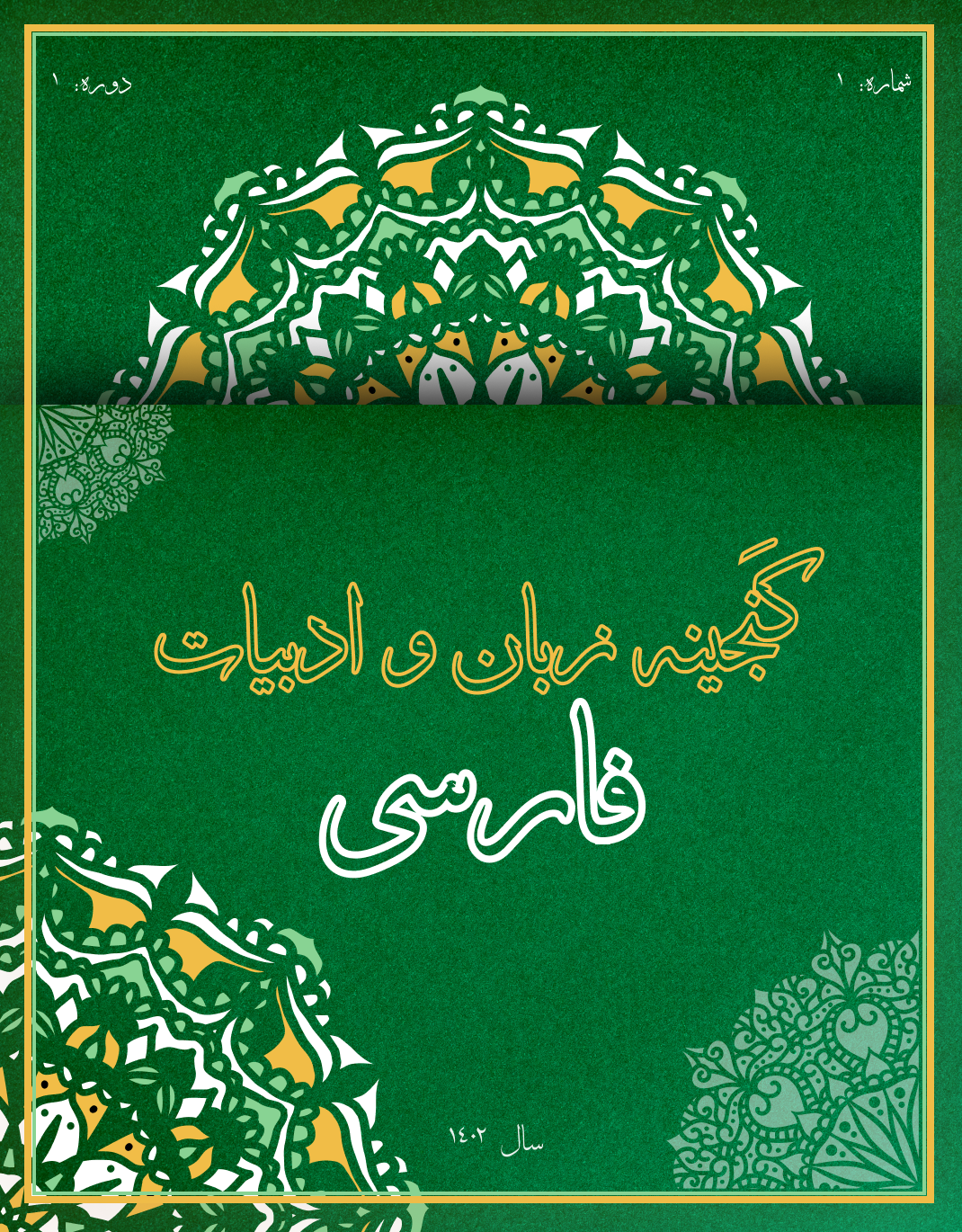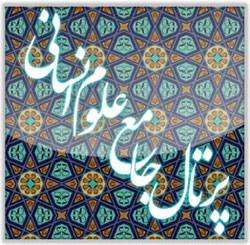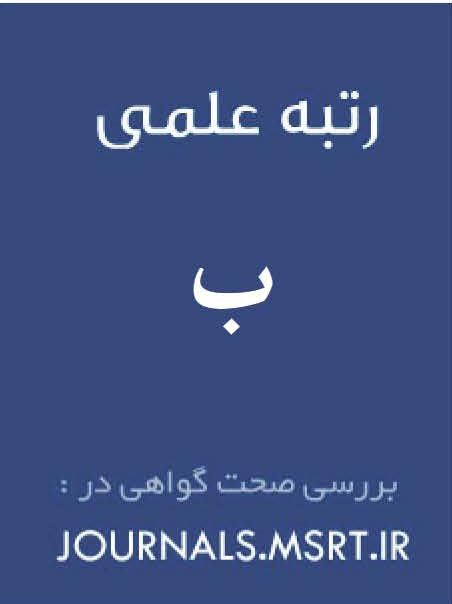جستار در سرچشمههای تفکر شاعرانه سهروردی بر اساس متون رمزی اشراقی کهن
کلمات کلیدی:
سهروردی, تفکر, شعر, متون رمزی, کهنالگوها, دانایان باستانچکیده
سهروردی، همچون دانایان ایران باستان، برای بیان ظرایف حکمت ذوقی اشراق، شعر و داستانهای رمزی را برمیگزیند. او به روشنی بیان میکند که طرح احیای اندیشه دانایان ایران باستان را در انداخته است. این اندیشمند از شیوه نوشتار اقناعی بهره میجوید و با آفرینش داستانهای رمزی، آموزههای خویش را در قالب هنر ادبی صورت میبخشد و امر واقعی را مینمایاند. تلاش جستار حاضر بر پاسخ به این پرسش بنیادین بوده است: نسبت داستانهای رمزی حکمت اشراق با تفکر دانایان ایران باستان و نیز نقش این دانایان در آفرینش شعر و اثر هنری چیست؟ بر اساس یافتههای پژوهش حاضر، متنهای اشراقی از دو دیدگاهِ فلسفه هنر شعر قابل بررسیاند: نخست، از نظر صورت و سبک نوشتار، که اصلیترین عنصر شعر یعنی عناصر خیالی را ارائه میدهد؛ افزون بر این، از نظر محتوا و معنا و عناصر درونی که با عنصر اصلی تفکر اشراقی یعنی شعور، اندیشه و نور شناخت همریشهاند. سهروردی در داستانهای رمزی نقشه راهِ پیوند به عالم خیال و دریافت دانش حضوری را طراحی میکند و در جریان پرسش و پاسخ با عقل راهنما، راه دریافت نور اشراق را پیش روی سالک مینهد. از این رو، با جستجو در عالم خیال و عناصر خیالی داستانهای سهروردی و مقایسه تطبیقی با کهنالگوهای متون اشراقی کهن، میتوان به فهم بهتر هنر ادبی اشراقی نزدیکتر شد.








